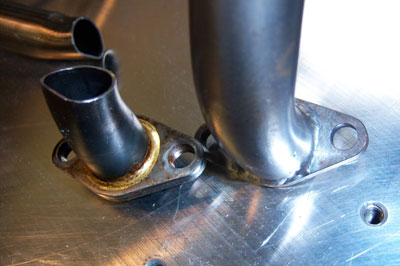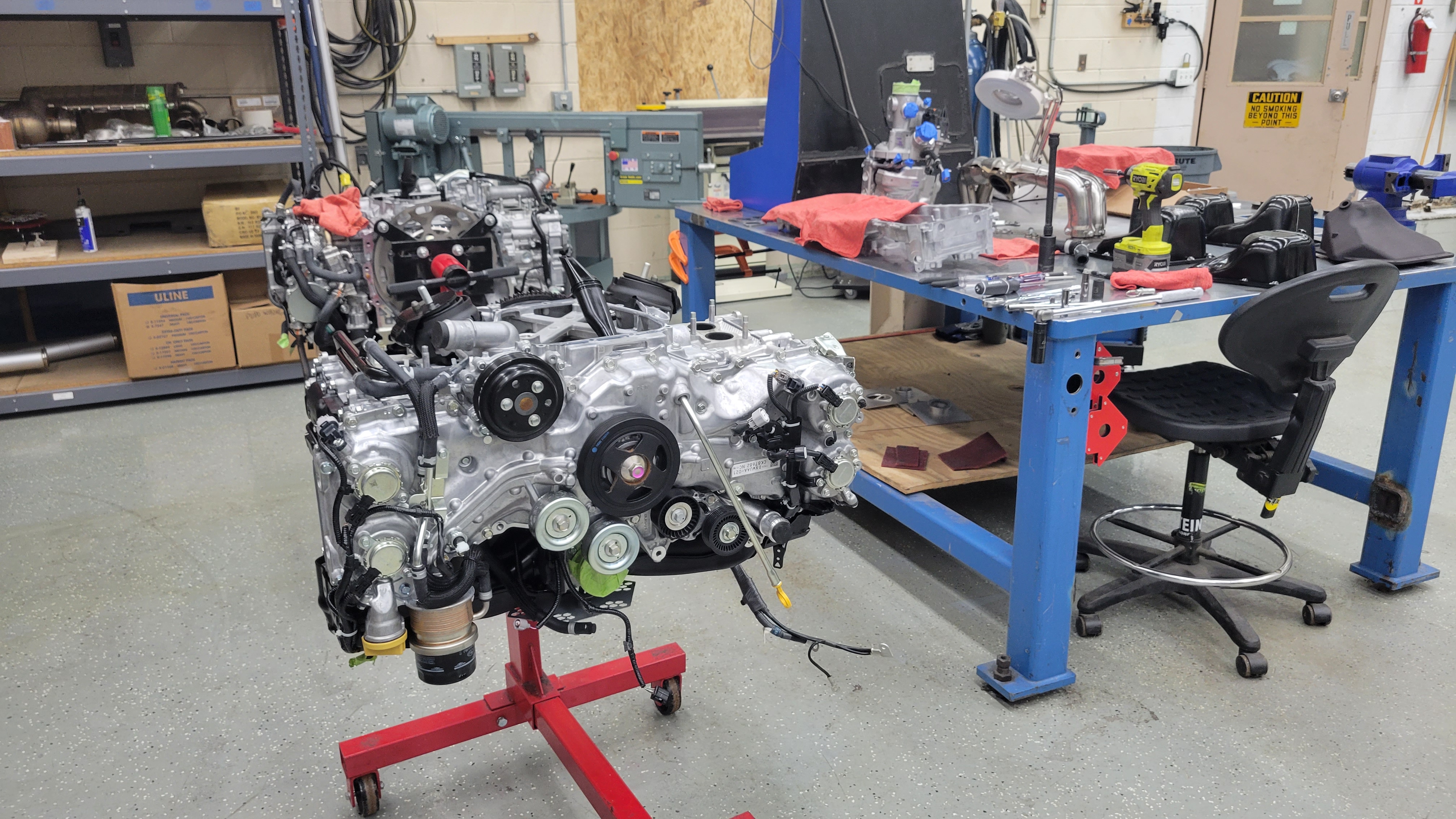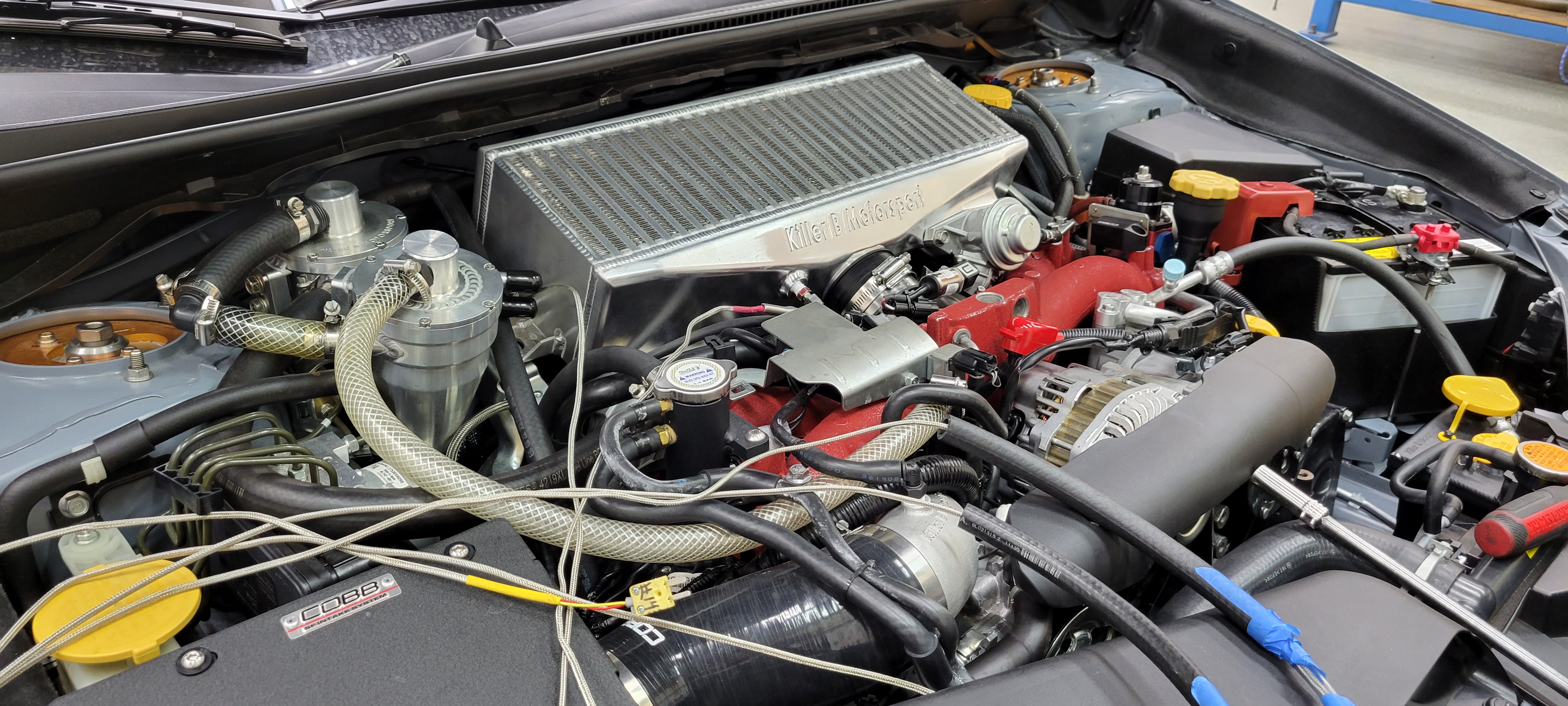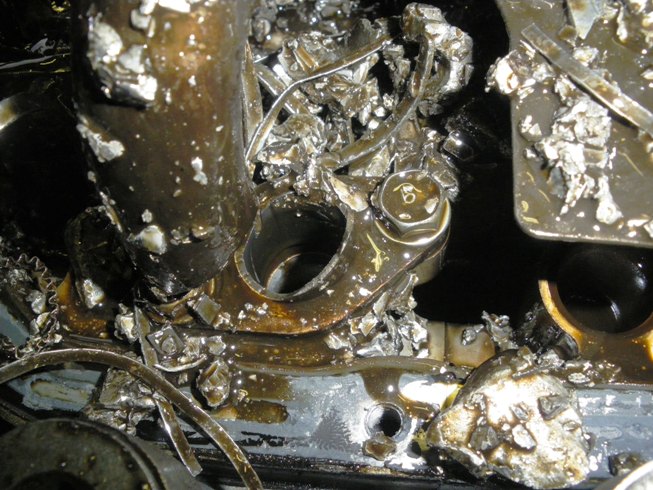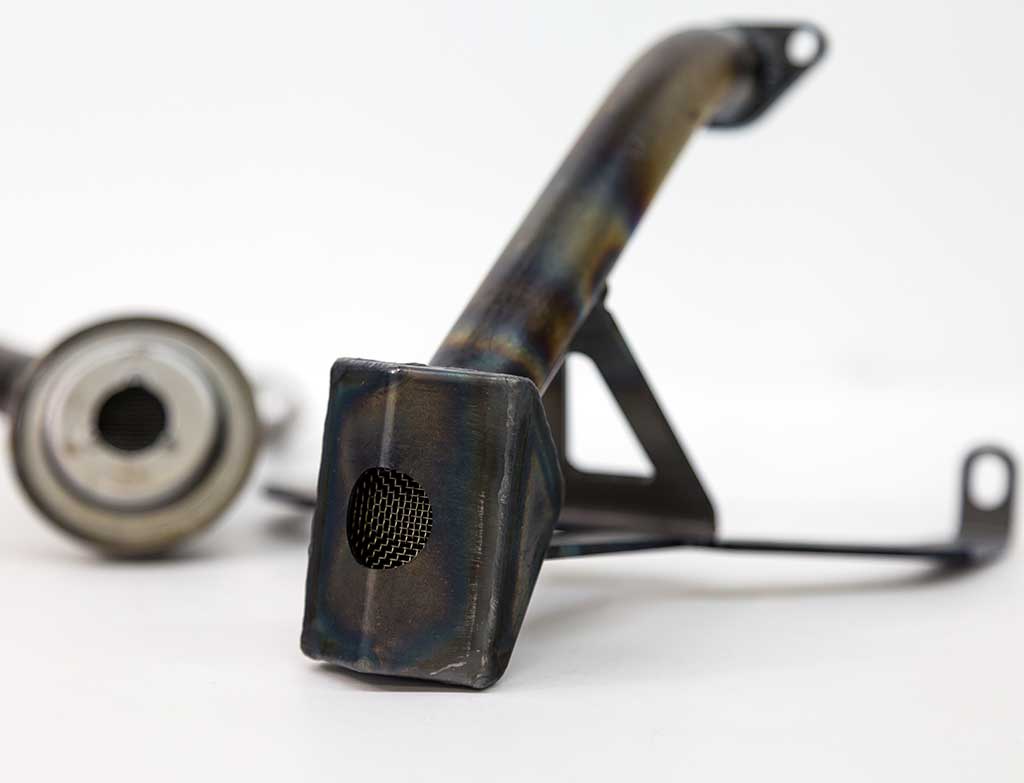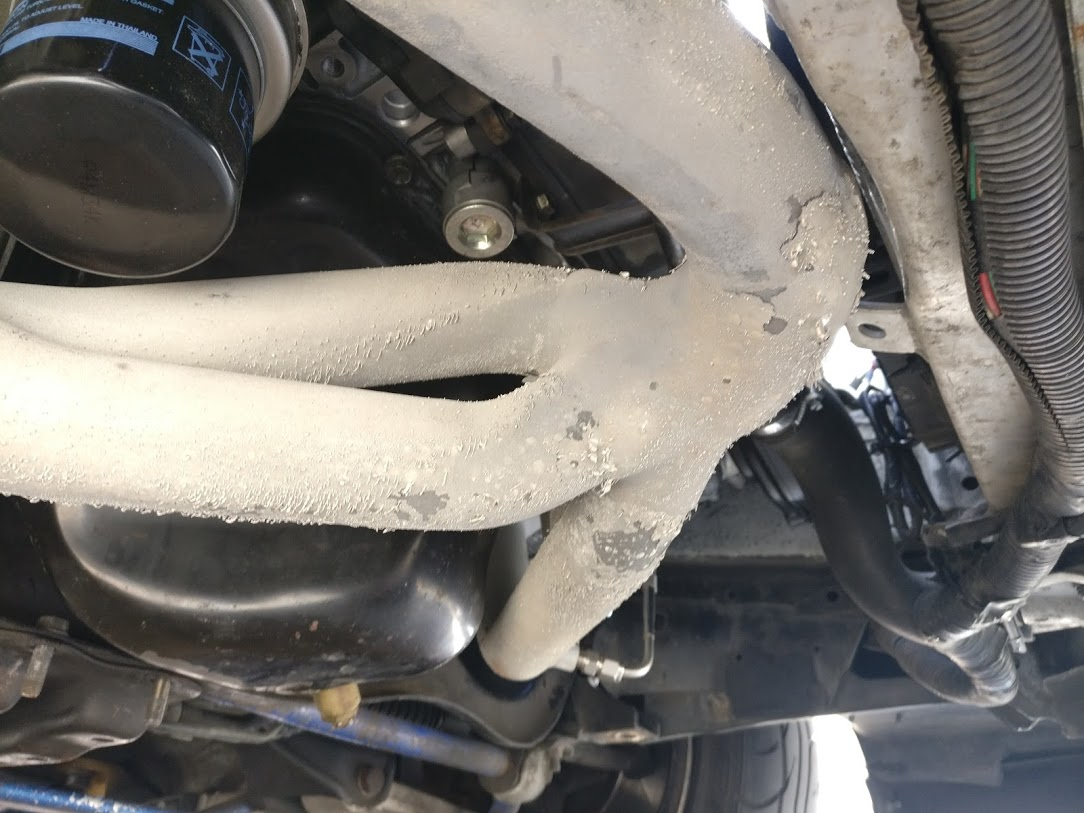Why buy a Killer B Oil Pickup?
Why buy a Killer B Oil Pickup?
Here at Killer B Motorsport, we are most popular for our Pickups. We make 4 different versions, EJ20, FA20, BRZ, and one for the EJ25. We are going to focus on the EJ pickups in this post. You might be wondering “What’s sooo special about the Killer B pickup over the OEM one?” Well, let me share a little bit of information.
https://www.killerbmotorsport.net/oiling-products/oil-pickups.html
We’ll start off with a few facts about the OEM pickup…
They’re brazed. Don’t know what brazed is? I’ll explain. It’s similar to welding but more so similar to soldering with a lower temperature. The gold stuff you can see between the pieces – that’s “braze”. Before “braze” can be applied, there’s this stuff called “flux” that gets applied. This stuff makes sure the braze flows between and sticks to the metal parts when they’re heated up. When the “flux” is applied, it must, at the VERY LEAST, cover the entire area that needs to be brazed together. This process tends to get pretty sloppy. Now, the brazed joint isn’t where we see the failure. The issue we’re facing here, is that the flux should be cleaned from the parts once the process is finished. We’ll come back to this issue in a second…
The tube is where the failures occur. It is made from a long, skinny flat piece of metal that gets rolled into a tube and welded together at the seam. Welding like this has its downside. While it’s cheap, it can be the “make or break” of the pickup if not done properly. Here’s why… this weld can end up being a rough surface (looking under a microscope). That means it can break/crack much easier than if it were smooth. It’s more brittle than the non-welded area of the tube.
Now, back to the braze issue. When it’s not removed from some of the process-affected areas, especially a hardened rough weld (remember how the weld on the tube can be rough and have tiny pits?)... the flux can get into those tiny pits when it’s applied and then heated. This is when a chemical reaction will occur. When this reaction occurs, the flux will essentially etch into the pits. When this happens, the pits get deeper and the metal gets more brittle. This is what ends up weakening the structure.
Now you’re probably wondering what initiates the break… Surprisingly, engine vibration isn't as much of a contributing factor as you may think. First reason being, the rotating assemblies are fairly well balanced and harmonically dampened. Second reason is the fact that the pickup is submerged in, and filled with, oil. This dampens the engine vibrations significantly at the pickup.
So, what on earth is the cause of these things breaking? High frequency vibrations coming from the oil pump, there’s your cause. Typically called ‘high frequency pressure pulsation’, these lower amplitude pulses can have a more pronounced affect because of harmonics that can build in the pickup. This is potentially where a critical frequency may be being reached at certain RPMS, which influence the speed of the oil pump.
So, to sum it all up… Braze flux on the weld seam leads to a chemical reaction, chemical reaction leads to weakened spots on the pickup tube….
weakened points + high frequency vibrations from the oil pump = broken pickup
And nooowww you’re all wondering “okay, but what makes the Killer B pickup so exceptional?”…
Well, keep on reading because I’m going to explain…
To start things off, we use a solid tube. This means no weld line down the middle of the tube like I was saying the OEM tube has (you can even see it in some of the pictures in the link I’m going to list below). Also, we use a tube that’s 3X thicker that also uses what’s called a ‘Mandrel bend’ to increase oil flow. The OEM tube uses what’s commonly referred to as a ‘pinch bend’, which can decrease the flow of your oil. We also use a 1/8 inch thick double bracket to add to the strength of the assembly. Not to mention the lifetime warranty.
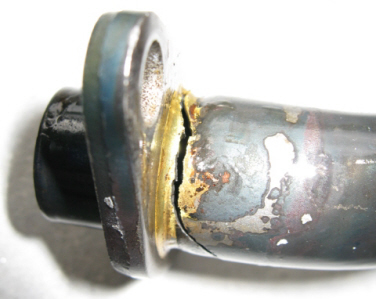



We’ve all heard the horror stories… check out some of these pictures

